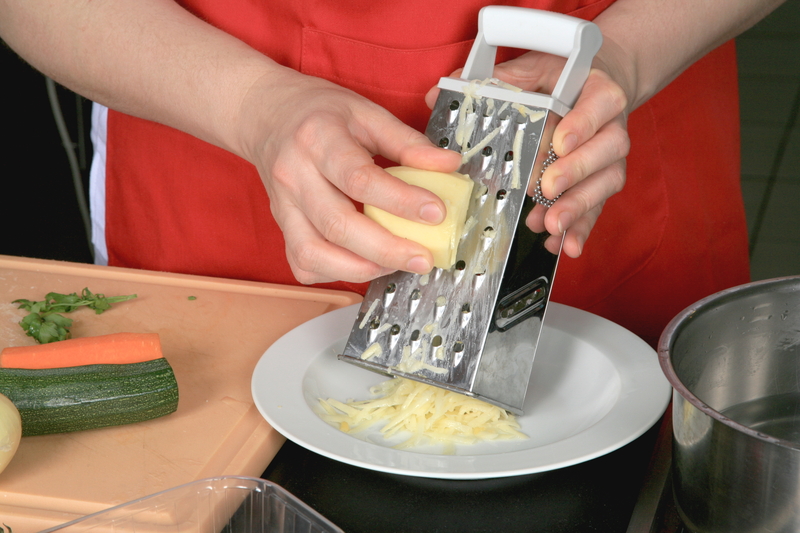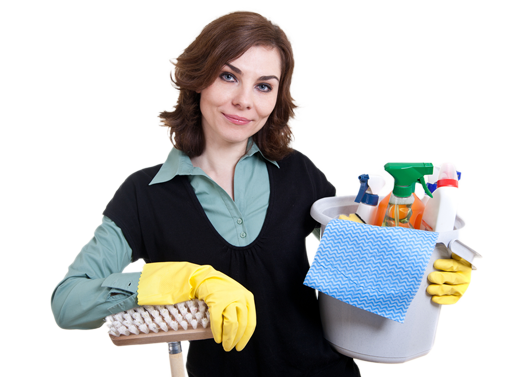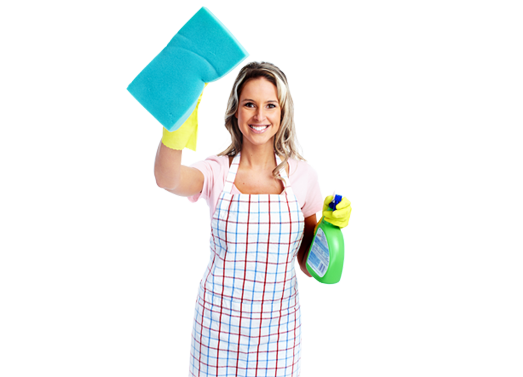Expert Advice on Keeping Your Bathroom Mold-Free
Posted on 13/06/2025
Expert Advice on Keeping Your Bathroom Mold-Free
Is your bathroom constantly plagued by unsightly patches and musty smells? If so, you're not alone in seeking effective tips to keep your bathroom mold-free. Mold is a persistent problem in damp environments, but by following expert advice and preventative measures, you can enjoy a healthy, fresh space.

Understanding the Causes of Bathroom Mold
To successfully keep mold out of your bathroom, it's crucial to know how it grows. Mold thrives in:
- High levels of humidity
- Poor ventilation
- Persistent moisture and water leaks
- Lack of sunlight
- Organic material, such as wood, paper, or dust residues
How Mold Affects Your Health and Home
Mold allergies can cause symptoms like coughing, sneezing, itchy skin, headaches, or even more serious respiratory issues. Furthermore, bathroom mold can damage surfaces such as grout, paint, wallpaper, and even wood, leading to costly repairs. Preventing bathroom mold growth is essential for both your family's health and your home's longevity.
Top Tips for a Mold-Free Bathroom
Follow these practical and proven strategies to create a mold-resistant bathroom environment:
1. Enhance Bathroom Ventilation
- Install and use an exhaust fan: Using a high-quality bathroom fan is one of the best solutions for mold prevention. Run the fan during and for at least 30 minutes after showers or baths.
- Open windows and doors: Encourage airflow by opening windows or leaving the door ajar after use. This helps moisture escape and reduces humidity.
- Keep shower curtains or doors open: Allow air to circulate freely by keeping curtains or shower doors open when not in use.
2. Control Moisture and Humidity
- Wipe down wet surfaces: After showers, use a squeegee or towel to wipe tiles, glass doors, and other wet areas. This small habit minimizes lingering moisture.
- Fix leaks and drips immediately: Address drips from faucets, pipes, and toilets as soon as they appear. Even a minor leak can create a big mold problem over time.
- Invest in a dehumidifier when needed: In consistently humid climates, a small bathroom dehumidifier can be a game-changer.
- Seal grout and tiles regularly: Mold loves porous surfaces like grout. Use a quality sealant on grout and natural stone to block moisture.
3. Cleaning Routines to Prevent Bathroom Mold
- Scrub with vinegar or a mold-killing cleaner: Weekly, spray and wipe down walls, tiles, shower curtains, and fixtures. White vinegar is a natural mold deterrent.
- Wash and dry towels & bath mats frequently: Damp fabrics are a magnet for mildew. Launder and thoroughly dry them to discourage spores.
- Clean out product build-up: Remove soap scum and shampoo residues that provide food for mold.
4. Use Mold-Resistant Materials
- Choose mold-resistant paint or drywall: If renovating, opt for paints labeled as "mold resistant" or specialized drywall designed for wet locations (e.g., green board or cement board).
- Install non-porous surfaces: Glass, sealed ceramic, and certain metals resist moisture far better than untreated wood or porous stone.
- Replace old caulking and grout: Crumbling caulk is a hotspot for moisture. Reseal joints and seams when cracks appear.
5. Eliminate Hidden Sources of Mold
- Empty trash cans and clean behind the toilet: Small spills and bits of organic matter--like tissues and hair--hold moisture and breed mold.
- Check bathroom cabinets and under sinks: Leaks under the sink or in cabinets can go unnoticed. Inspect these spots regularly.
Routine Inspections: Spotting Problems Early
Don't wait for mold to become visible before taking action. Regularly inspect your bathroom's vulnerable areas:
- Ceilings and corners - Mold often grows where condensation settles.
- Shower/bath caulking and grout - Look for discoloration or crumbling.
- Behind and beneath vanities - Use a flashlight for thorough checks.
- Window sills and blinds - These spots collect condensation and dust.
*If you spot small dark or fuzzy patches, address them immediately before they spread*
What to Do If You Find Mold in Your Bathroom
Even with the best prevention efforts, mold can sometimes appear. Here's what experts recommend:
- Act quickly: The sooner you address the issue, the less it will spread and the less work you'll need to do.
- Wear protective gear: Use gloves and a mask to avoid inhaling spores during the cleaning process.
- Use the right cleaning solution: White vinegar, hydrogen peroxide (3%), or a commercial mold killer are all effective. Avoid mixing bleach and ammonia, as this produces toxic fumes.
- Scrub thoroughly: Apply your chosen solution, let it sit for 10-15 minutes, and scrub with a stiff brush.
- Dry the area completely: Wipe with a clean towel and run the exhaust fan to ensure no moisture remains.
If the affected area is larger than 10 square feet or if mold keeps coming back, consult a professional mold remediation specialist.
Expert Insights: Frequently Asked Questions About Bathroom Mold
Q: Can I paint over mold to hide it?
A: Absolutely not! Painting over mold only conceals the issue temporarily. The mold will soon resurface and can even continue to grow beneath the paint. Always remove all traces of mold and allow surfaces to dry completely before repainting with a mold-resistant paint.
Q: What temperature is best for a mold-free bathroom?
A: Mold prefers warm, humid conditions. Keep your bathroom at a moderate temperature and use a dehumidifier or fan during high heat and humidity. Aim for relative humidity below 50% for optimal results.
Q: Is bathroom mold dangerous?
A: Some molds release mycotoxins that can trigger allergies and asthma or irritate your skin, eyes, nose, and lungs. While not all molds are toxic, none are healthy to have indoors. Always act promptly to remove any growth you see.
Q: Can indoor plants help prevent bathroom mold?
A: Certain houseplants, such as ferns and peace lilies, can help absorb humidity. However, excess water in plant pots or leaves can also invite mold, so maintain plants carefully and don't overwater.
Long-Term Prevention: Building Mold Resistance into Your Bathroom
The best way to keep your bathroom free of mold is to integrate prevention into your design and habits. Consider:
- Heated towel rails or racks: These help keep towels dry and less likely to harbor mildew.
- Large mirrors and reflective surfaces: These reflect light, helping dry the room faster and discourage mold formation.
- Showers with good drainage and minimal grout lines: Sleek designs are easier to clean and less prone to moisture retention.
- Regular professional inspections: If you live in a high-humidity area or have ongoing problems, a contractor can identify hidden sources you may miss.

Common Bathroom Mold Myths, Busted
- Myth: "A little mold in the bathroom is normal and harmless."
Fact: Any visible mold indicates too much moisture and should be addressed as soon as possible. - Myth: "Bleach is the best way to remove all bathroom mold."
Fact: Bleach can kill some surface spores but doesn't penetrate porous grout, wood, or caulk. Vinegar and specialized cleaners often work better for long-term bathroom mold prevention. - Myth: "Mold only grows in dirty bathrooms."
Fact: Even the cleanest spaces can develop mold if humidity isn't managed!
Conclusion: Achieve a Mold-Free Bathroom for Good
Your journey toward a bathroom without mold starts with knowledge and consistent effort. Be vigilant with ventilation, moisture control, and cleaning routines. By using these expert tips for ongoing prevention and quick action if you see a problem, you can proudly enjoy a healthy, fresh, and welcoming bathroom year-round.
Start today: pick just one or two strategies from above, and build your way to a bathroom that stays sparkling clean and completely mold-free!




